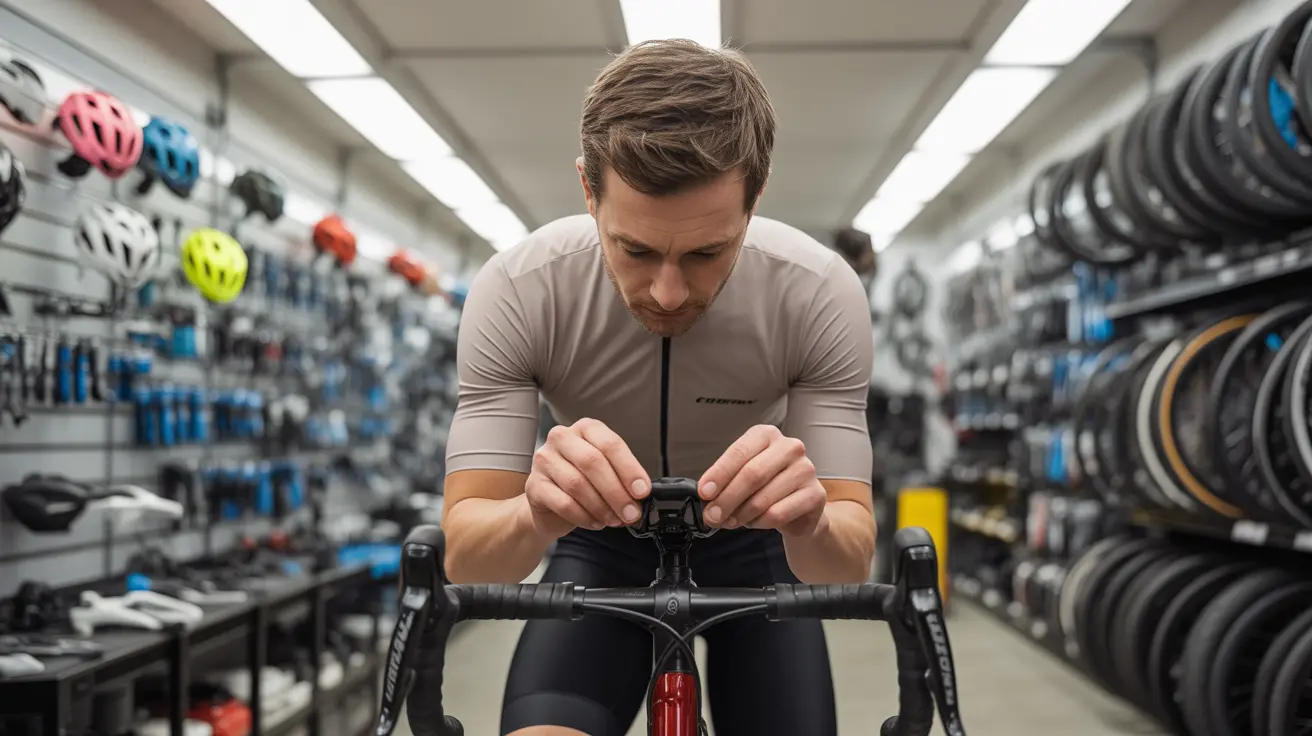For many cycling enthusiasts, lower back pain after biking can be a frustrating obstacle that prevents them from fully enjoying their rides. Whether you're a casual cyclist or a dedicated rider, understanding the causes and solutions for post-cycling back discomfort is essential for maintaining a healthy, active lifestyle.
This comprehensive guide will explore the various factors contributing to lower back pain after biking, along with practical prevention strategies and effective treatment options to help you stay comfortable on and off your bicycle.
Understanding the Causes of Cycling-Related Back Pain
Several factors can contribute to lower back pain after biking, with improper bike fit being one of the most common culprits. An incorrectly positioned seat, handlebars that are too low or too high, or a frame that's the wrong size can force your body into an uncomfortable position, straining your lower back muscles.
Poor cycling posture, weak core muscles, and inadequate preparation before rides can also lead to back discomfort. Understanding these factors is crucial for developing an effective prevention strategy.
Proper Bike Fit and Positioning
Achieving the right bike fit is crucial for preventing lower back pain. Key aspects to consider include:
- Saddle height and angle
- Handlebar position and reach
- Frame size appropriateness
- Pedal position and cleat alignment
Consider working with a professional bike fitter to ensure your bicycle is properly adjusted to your body's proportions and riding style.
Prevention Strategies for Long-Distance Cycling
To minimize the risk of developing lower back pain during extended rides, implement these preventive measures:
- Gradually increase riding duration and intensity
- Take regular breaks during long rides
- Maintain proper posture throughout your ride
- Wear cycling-specific clothing with adequate padding
- Stay hydrated and properly fueled
Essential Stretches and Exercises
Pre-Ride Preparation
Before mounting your bike, perform these targeted stretches:
- Hip flexor stretches
- Hamstring stretches
- Lower back mobility exercises
- Cat-cow poses
- Gentle spinal twists
Post-Ride Recovery
After your ride, focus on these recovery techniques:
- Light walking to cool down
- Gentle back stretches
- Foam rolling exercises
- Core strengthening movements
Building Core Strength for Cycling
A strong core is essential for maintaining proper cycling posture and preventing lower back pain. Focus on exercises that target:
- Deep abdominal muscles
- Lower back muscles
- Obliques
- Pelvic floor muscles
When to Seek Medical Attention
While some discomfort after cycling is normal, certain symptoms warrant medical attention:
- Persistent pain lasting more than a few days
- Pain that radiates down your legs
- Numbness or tingling sensations
- Severe pain that limits daily activities
- Pain accompanied by other concerning symptoms
Frequently Asked Questions
What are the main causes of lower back pain after biking and how does bike fit affect it?
The main causes include improper bike fit, poor posture, weak core muscles, and overtraining. Bike fit significantly impacts back pain as incorrect positioning can strain your lower back muscles and cause misalignment of your spine during rides.
How can I prevent lower back pain when cycling for long distances?
Prevent lower back pain by ensuring proper bike fit, maintaining good posture, taking regular breaks, building core strength, and gradually increasing your riding distance. Using appropriate cycling gear and staying well-hydrated also helps prevent discomfort.
What exercises or stretches help relieve or avoid lower back pain from biking?
Effective exercises include core strengthening movements, hip flexor stretches, hamstring stretches, and lower back mobility exercises. Regular stretching before and after rides, combined with proper cool-down routines, can help prevent and alleviate pain.
When should I see a doctor about lower back pain after cycling?
Consult a healthcare provider if you experience persistent pain lasting more than a few days, pain that radiates to your legs, numbness or tingling, or severe pain that interferes with daily activities.
How does core strength impact lower back pain in cyclists, and how can I improve it?
Strong core muscles help maintain proper cycling posture and protect your spine from strain. Improve core strength through targeted exercises like planks, bridges, and stability ball exercises. Regular core training can significantly reduce the risk of developing lower back pain while cycling.




